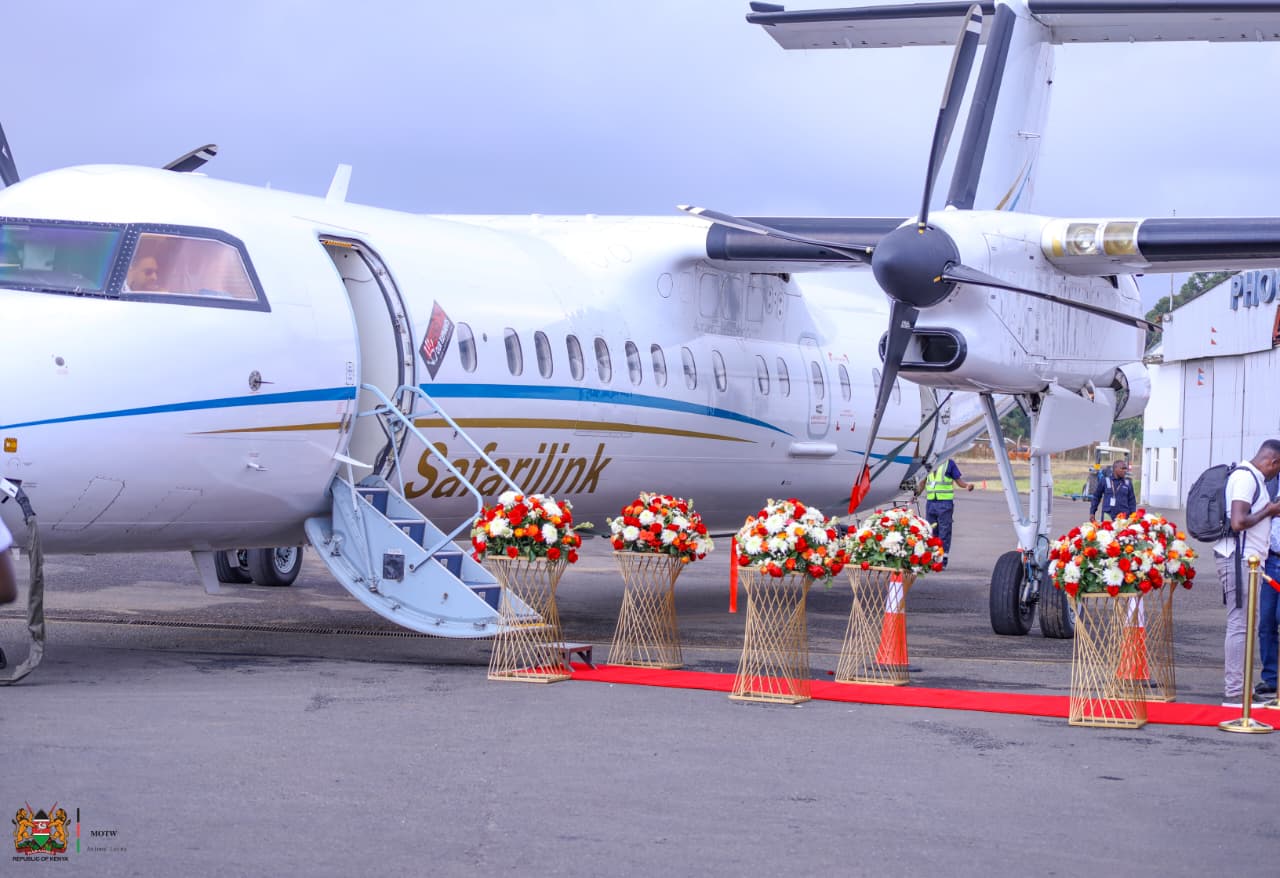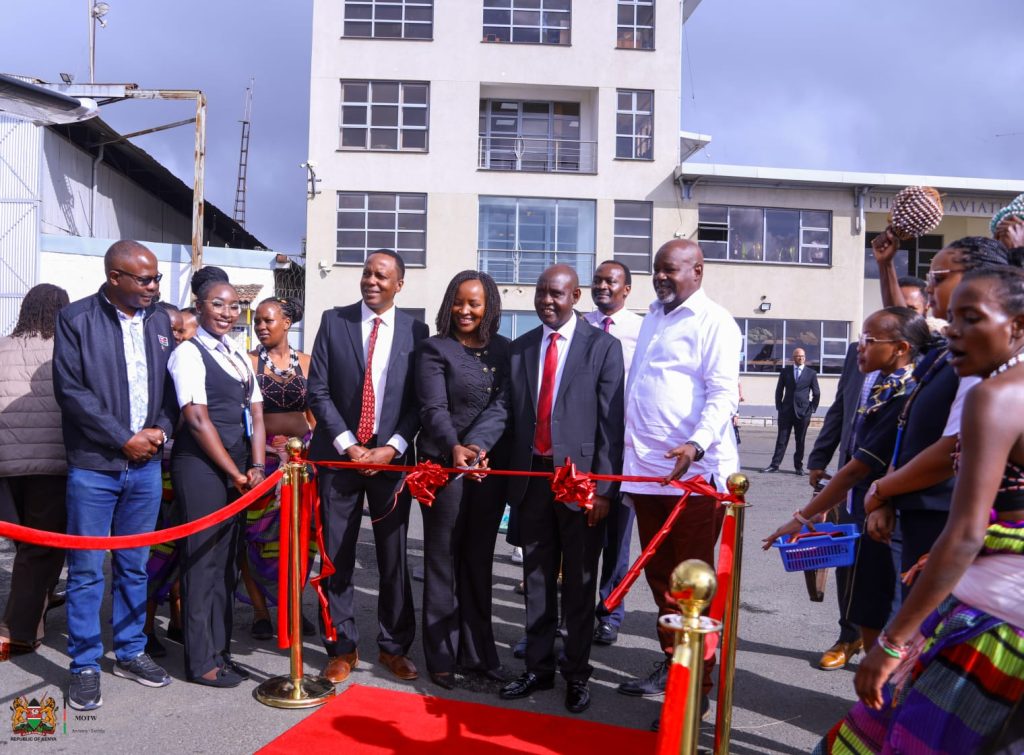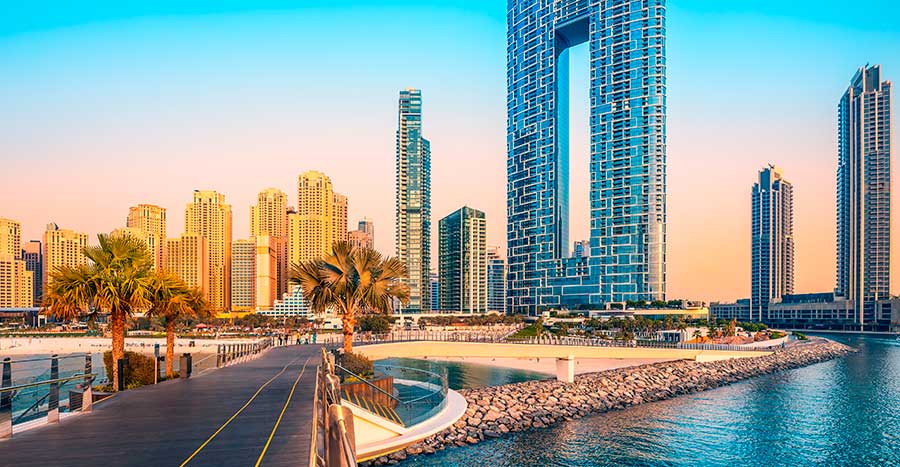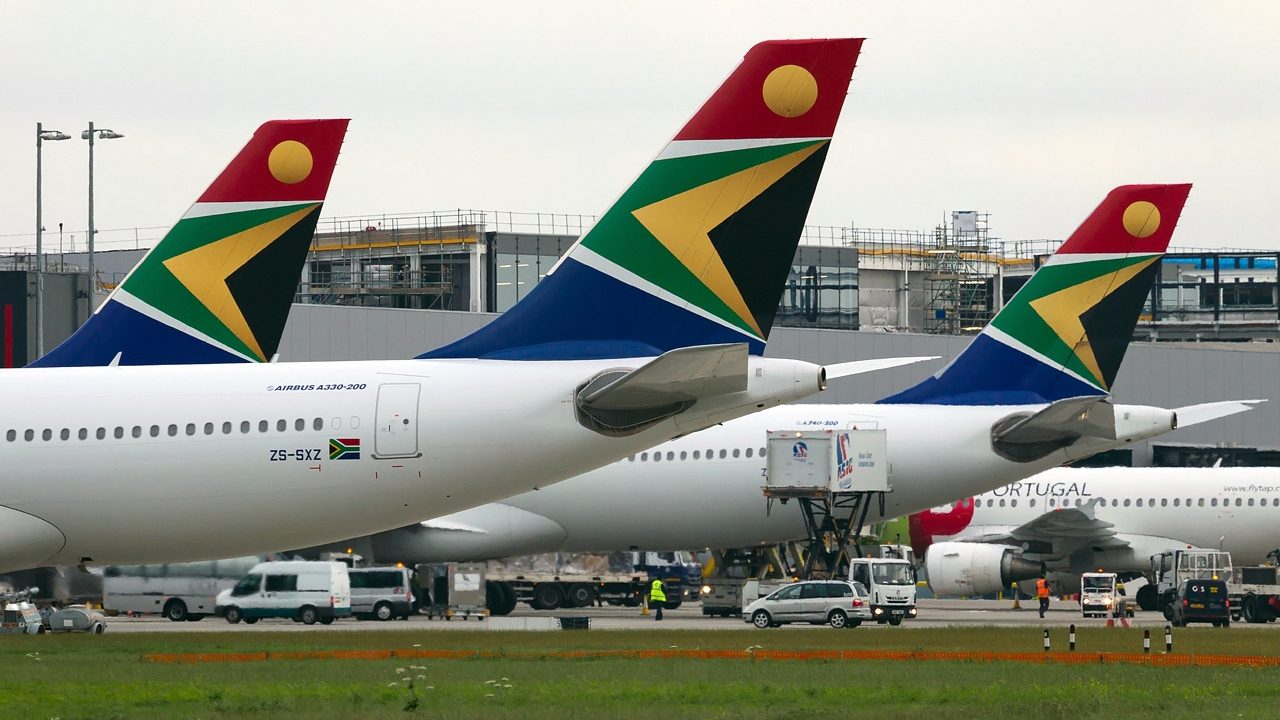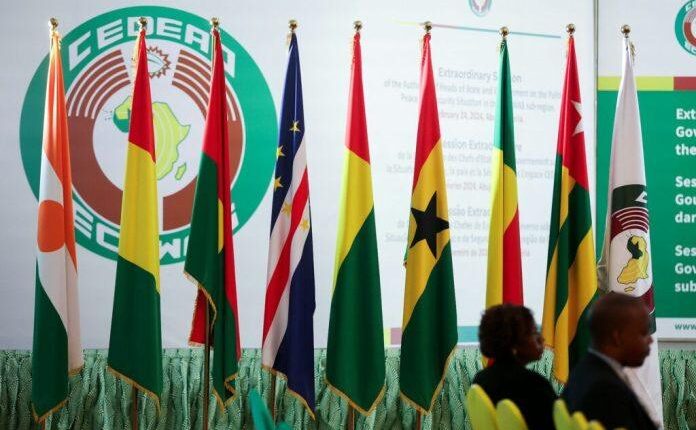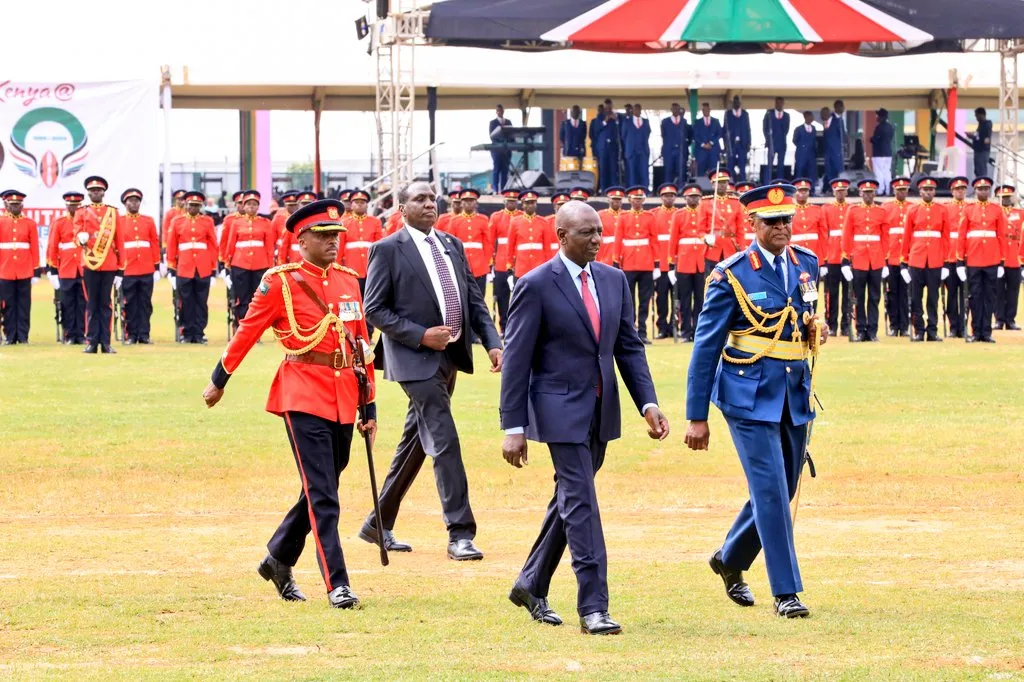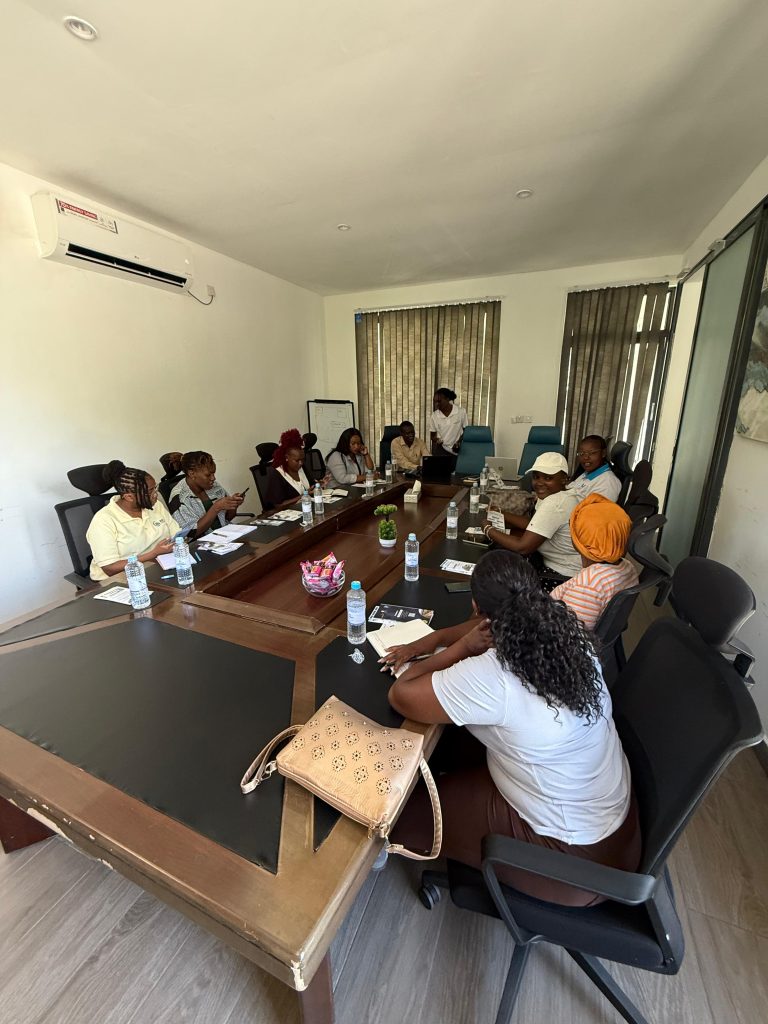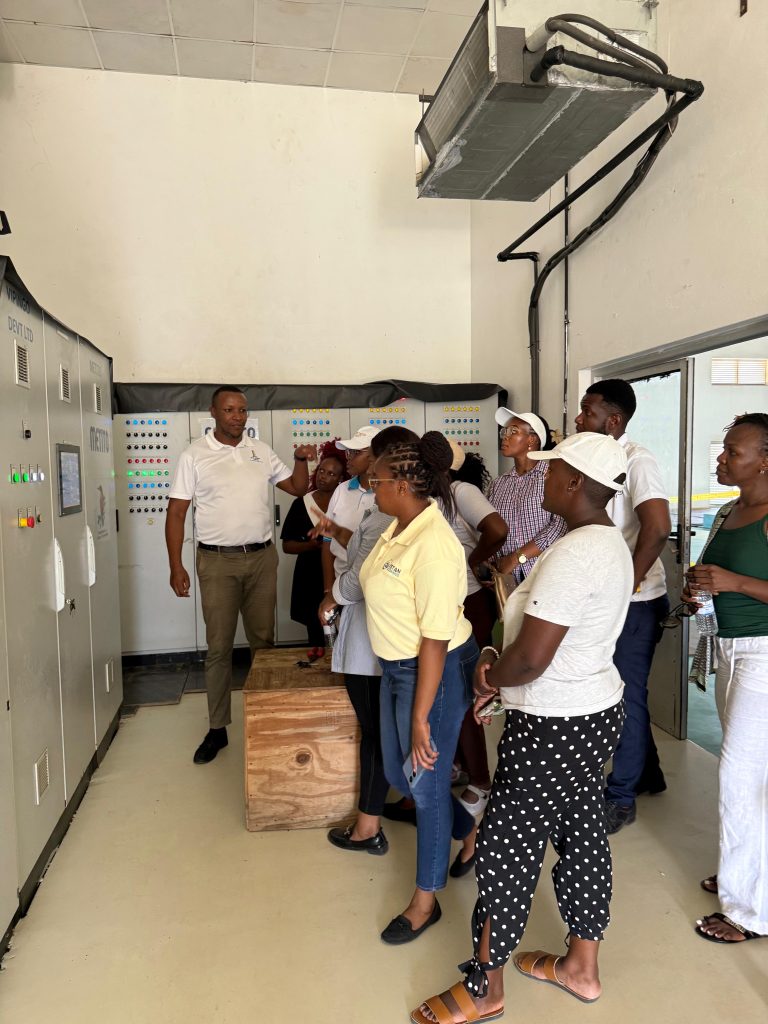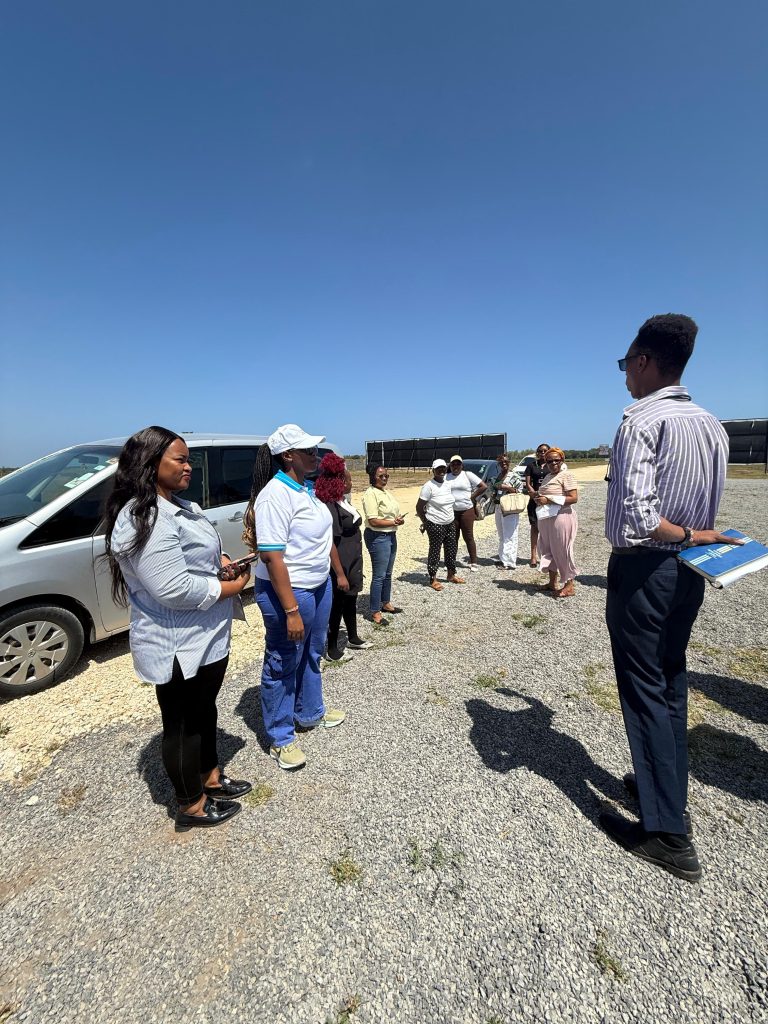Rogue travel operators and unlicensed agents have long taken advantage of peak festive seasons such as Christmas, when demand for travel surges and consumers are eager to secure last-minute deals. Each year, complaints ranging from fake bookings and abandoned travellers to substandard services resurface, exposing gaps in regulation and enforcement within Kenya’s tourism industry.
However, new regulatory measures by the Tourism Regulatory Authority (TRA) are now set to fundamentally change how travel agents and tour operators conduct business, placing mandatory membership to recognised professional associations at the heart of licensing and compliance.
Under the Tourism Enterprises Regulations, 2025, tourism businesses applying for or renewing a licence will be required to demonstrate valid membership to a registered tourism sector association representing their category of service. The regulations further empower TRA to verify the authenticity of such membership before granting or renewing licences, effectively locking out unregulated and fly-by-night operators.
The rules go a step further by making it an offence for a tourism enterprise to operate without a valid association membership where applicable, giving the regulator authority to take administrative action against non-compliant businesses. The move is aimed at bringing structure, accountability, and professional standards to an industry that has grown rapidly but unevenly.
Industry observers say the requirement signals a shift from reactive enforcement to self-regulation backed by law, where associations play an active role in monitoring conduct, maintaining member registers, and reporting breaches of standards to TRA.
KATA’s Central Role in Industry Order
Within this framework, the Kenya Association of Travel Agents (KATA) has emerged as a central pillar of compliance and professionalisation. Once viewed primarily as a networking body, KATA has steadily positioned itself as one of the most influential industry players, representing licensed travel agents, advocating policy reform, and promoting ethical business practices.
KATA’s growing influence is reflected in its expanding membership base and its active engagement with regulators. The association works closely with TRA on licensing matters, capacity building, and industry standards, providing agents with a structured pathway to compliance.
By belonging to KATA, travel agents gain more than regulatory eligibility. Membership offers credibility with consumers, access to training, dispute-resolution mechanisms, and a collective voice in shaping national tourism policy. For regulators, KATA provides a trusted partner capable of enforcing discipline within its ranks and escalating unethical conduct.
Protecting Consumers and Legitimate Businesses
The regulations also place obligations on registered tourism sector associations to maintain up-to-date member registers, promote adherence to prescribed standards, and report unethical conduct. This shared responsibility between regulator and industry bodies is intended to curb rogue behaviour while protecting compliant businesses from unfair competition.
As Kenya continues to position itself as a premier travel destination, stakeholders say that order within the domestic travel trade is just as critical as destination marketing. Mandatory association membership, backed by regulatory enforcement, is expected to improve consumer confidence, particularly during high-risk festive travel periods.
For travellers, the message is clear: deal only with licensed agents who belong to recognised associations. For travel agents, the direction is equally firm: professionalism, accountability, and association membership are no longer optional, but essential for operating legally in Kenya’s tourism sector.
With KATA now firmly positioned at the centre of this new regulatory ecosystem, the travel industry appears poised for a more structured, transparent, and trustworthy future – one where rogue operators find less room to operate, and legitimate businesses are rewarded for doing things the right way.
By Felix Wakiuru


